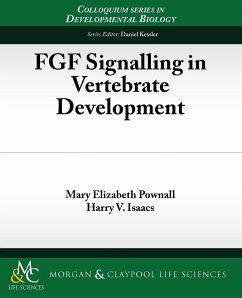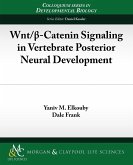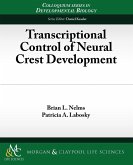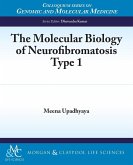The fibroblast growth factors (FGFs) represent one of the relatively few families of extracellular signalling peptides that have been shown in recent decades to be key regulators of metazoan development. FGFs are required for multiple processes in both protostome and deuterostome groups. Given the wide range of regulatory roles attributed to the FGFs, it is perhaps not surprising that misregulation of this signalling pathway has been implicated in a number of human disease conditions. The focus of the present review is to look at the fundamental components of the FGF pathway and illustrate how this highly conserved regulatory cassette has been deployed to regulate multiple, diverse processes during vertebrate development. This review will explore examples from several vertebrate model organisms and include discussions of the role of FGF signalling in regulating the establishment of the mesoderm, neural patterning, morphogenesis, myogenesis, limb development, and the establishment of right-left asymmetry. Table of Contents: Introduction / FGF Ligands / FGF Receptors / Heparan Sulphate Proteoglycans / FGF Signal Transduction / Regulators / Integration with Other Signalling Pathways / Mesoderm Induction / Neural Induction / FGF Signalling and Posterior Neural Patterning / FGF Signalling at the Isthmic Organizer / FGF Signalling at the Anterior Neural Ridge / Morphogenesis / Somitogenesis / FGF and Myogenesis / Limb Development / FGF and Left-Right Asymmetry / Perspectives / References / About the Authors
Hinweis: Dieser Artikel kann nur an eine deutsche Lieferadresse ausgeliefert werden.
Hinweis: Dieser Artikel kann nur an eine deutsche Lieferadresse ausgeliefert werden.








